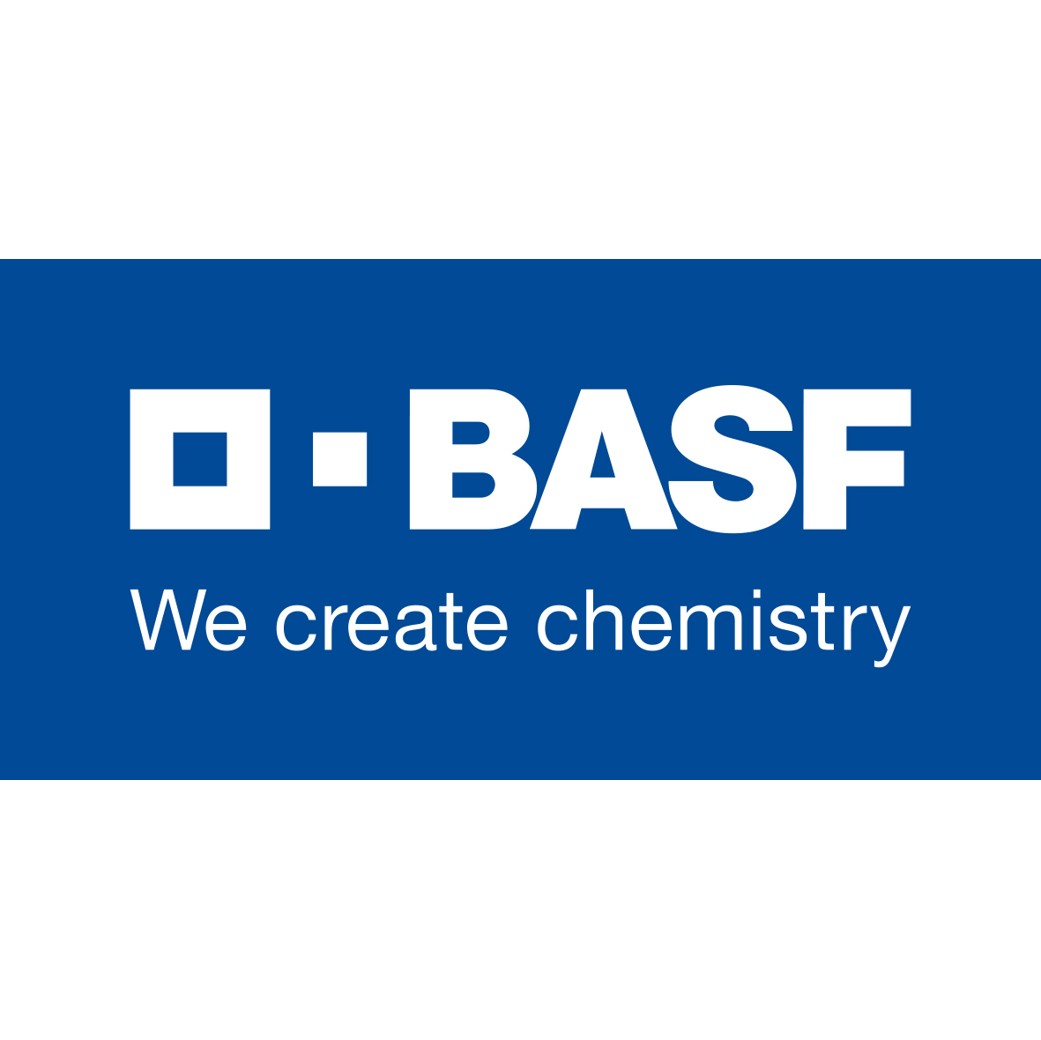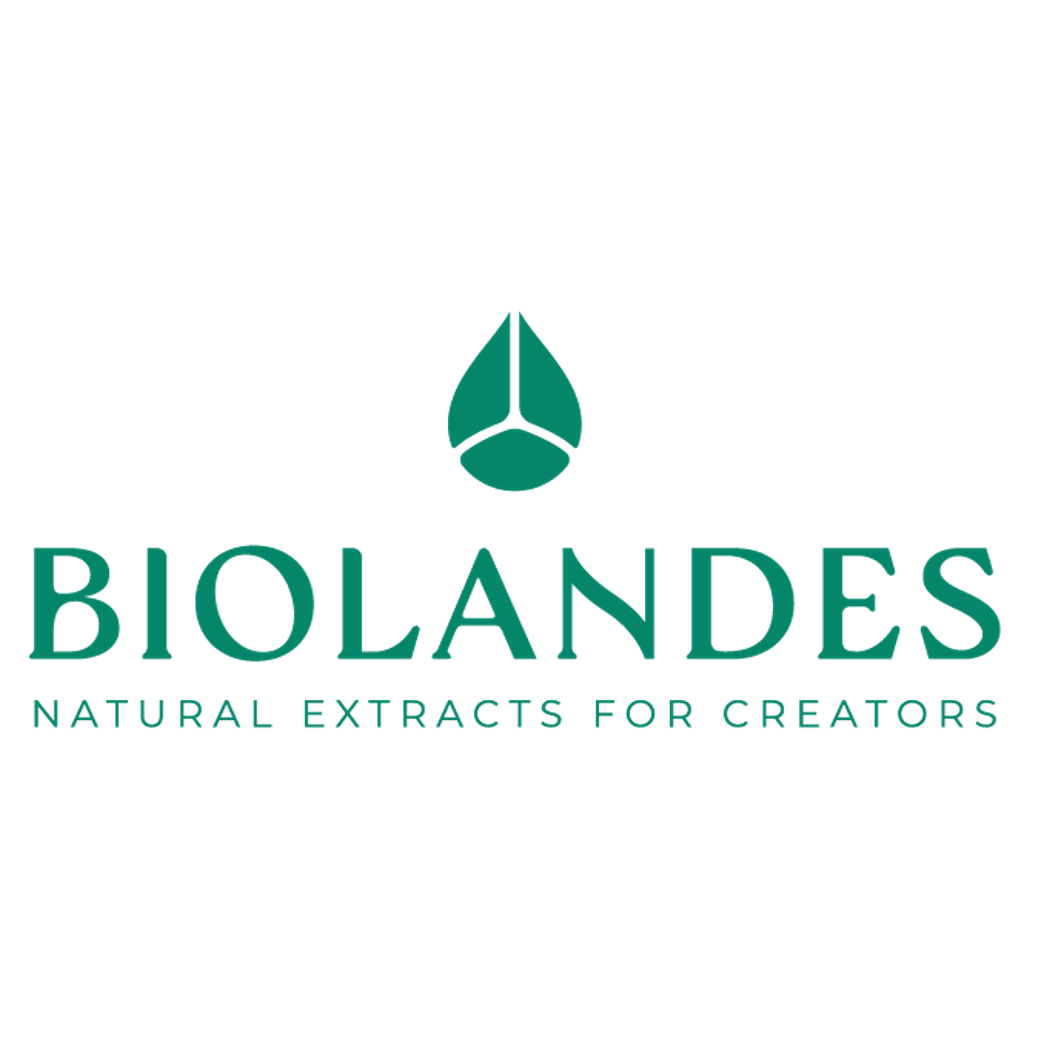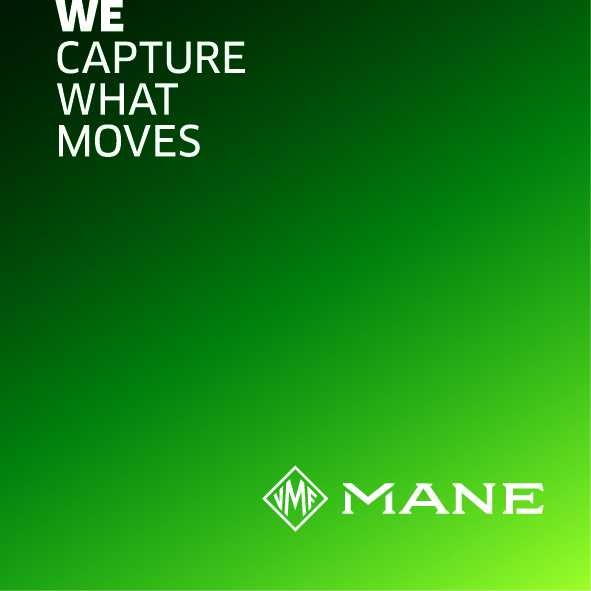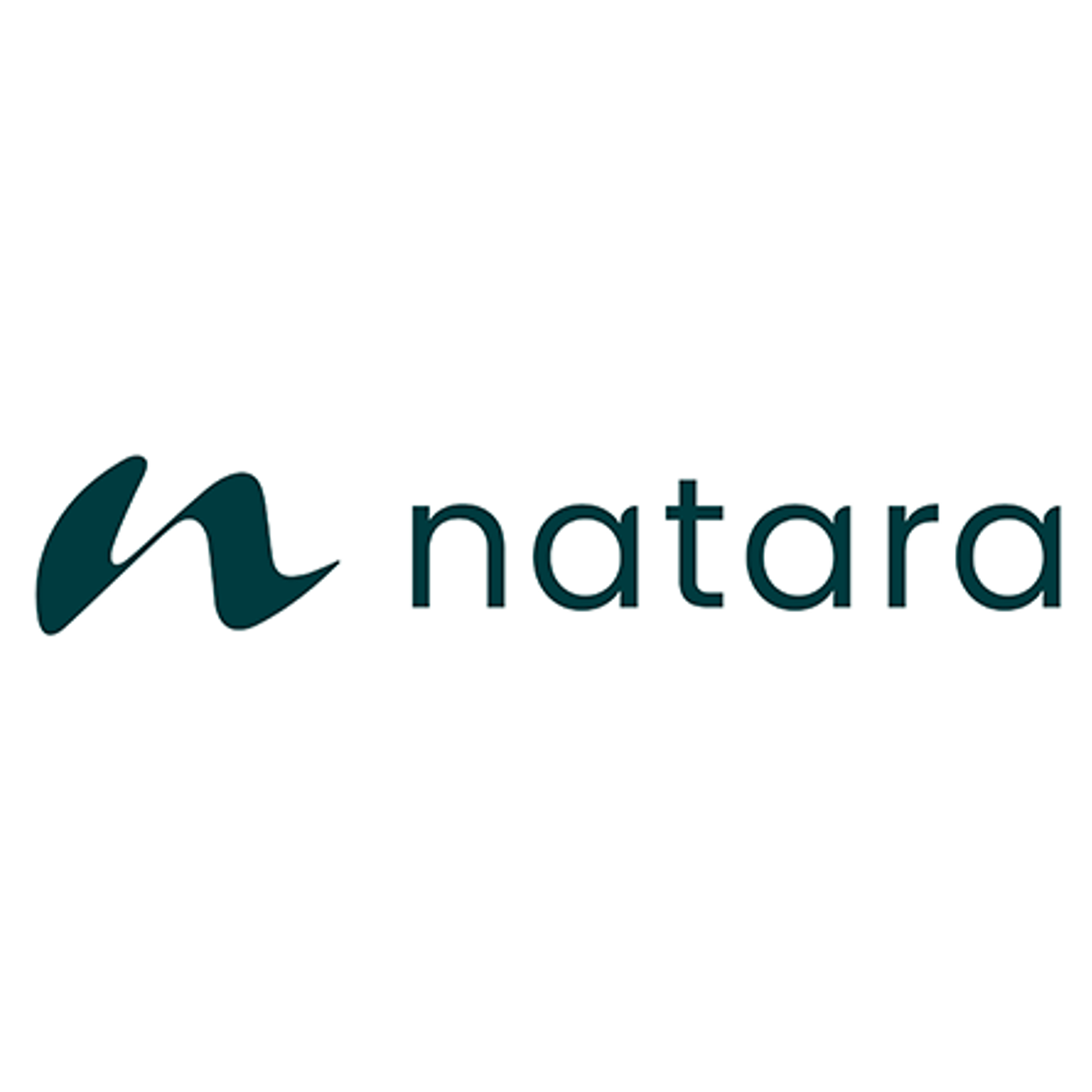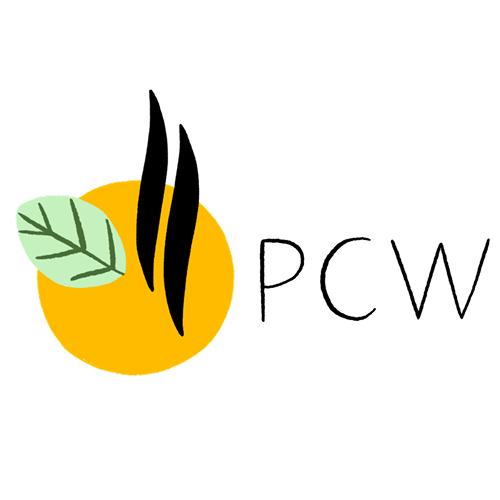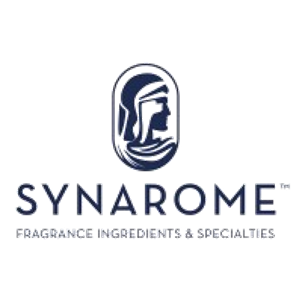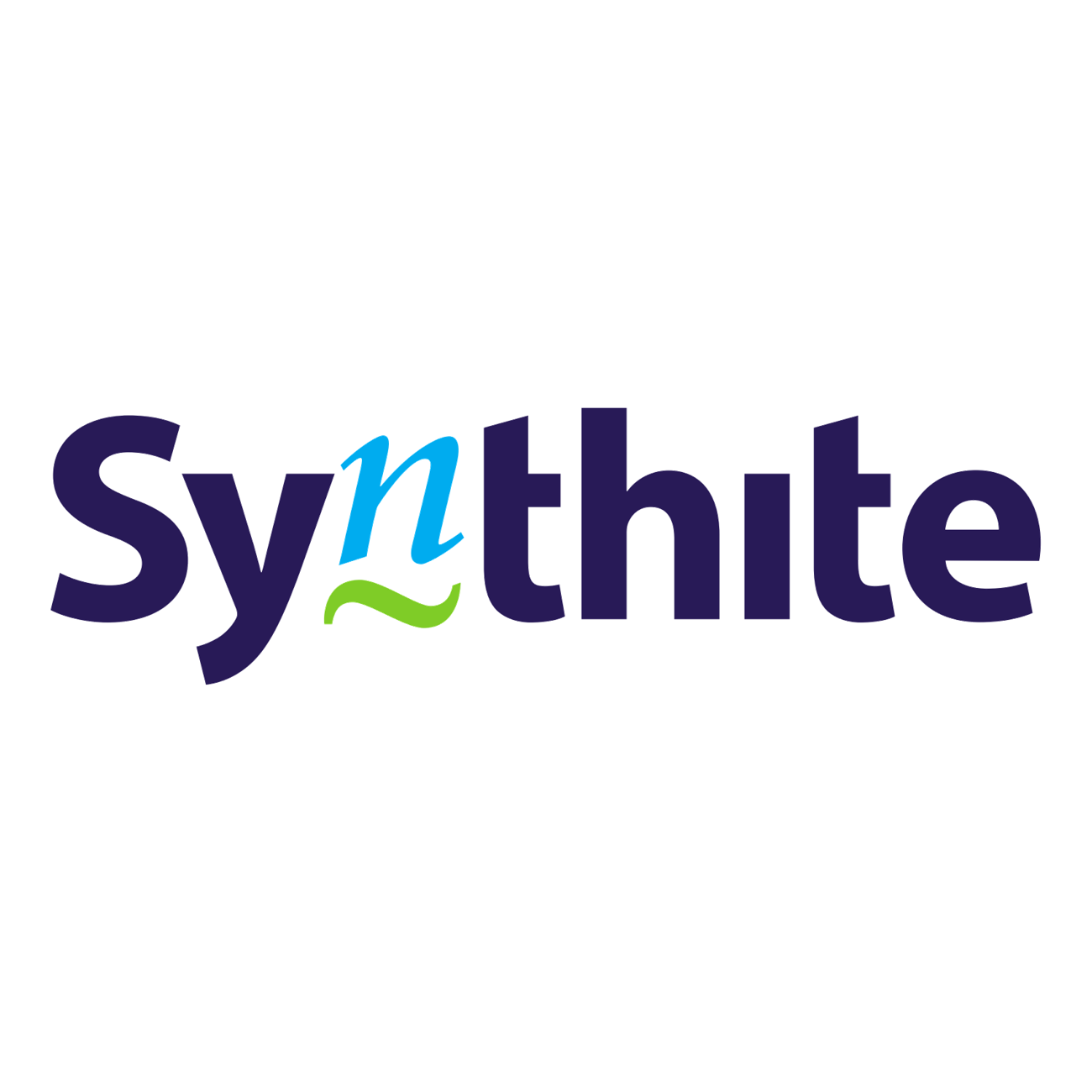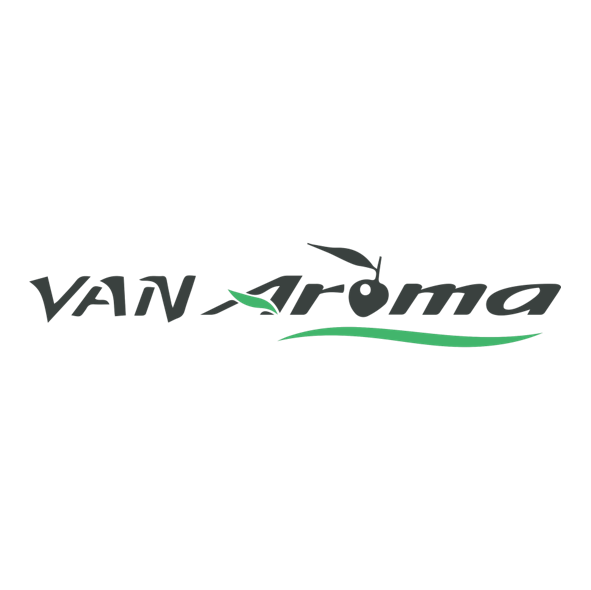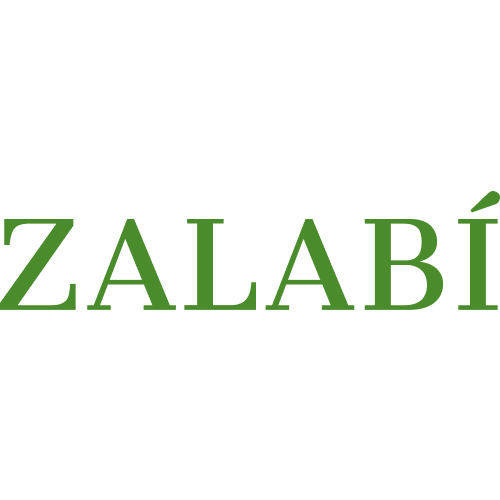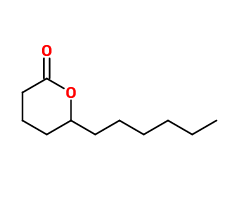
Photo credits: ScenTree SAS
| Company | Ingredient Name | ID | Comments | Naturality | Certifications | MOQ | Purity |
|---|---|---|---|---|---|---|---|
|
|
DELTA UNDECALATONE | - |
Visit website
|
- | 10 grs | - |
General Presentation
-
CAS N° :
710-04-3 -
EINECS number :
211-915-1 -
FEMA number :
3294 -
FLAVIS number :
10.011
-
JECFA number :
234 -
Volatility :
Base -
Price Range :
€€€€
Physico-chemical properties
-
Appearance :
Colorless liquid -
Density :
0,958 -
Refractive Index @20°C :
1.457 - 1.461 -
Optical rotation :
Data not available. -
Vapor pressure :
Data not available. -
Flash Point :
155°C (311°F)
-
Molecular formula :
C11H20O2 -
Molecular Weight :
184,28 g/mol -
Log P :
3,06 -
Fusion Point :
Donnée indisponible. -
Boiling Point :
298°C (568,4°F) -
Detection Threshold :
Donnée indisponible.
Chemistry & Uses
Uses in perfumery :
Used to bring creamy facets to reconstituted vanilla, coconut or gardenia.
Year of discovery :
Data not available.
Natural availability :
Data not available.
Isomerism :
Delta-Undecalactone has an asymetric carbon. Nevertheless, we always use its racemic mixture in perfumery. Delta-Undecalactone is an isomer of C14 Aldehyde, which has one less carbon atom into its ring, but one more in its ramified carbon chain. The resulting odor changes from a metallic peach and coconut odor to a fruity peach odor
Synthesis precursor :
Delta-Undecalactone is not a precursor to the synthesis of another compound of olfactory interest.
Synthesis route :
Delta-Undecalactone can be synthesized by an oxidation reaction of 2-hexylcyclopentanone, using a peracid.
Stability :
Lactones tend to polymerize through time, making them more viscous and leading to a phase shift in alcohol.
Other comments :
Data not available.
IFRA
IFRA 51th :
This ingredient is not restricted for the 51th amendment





